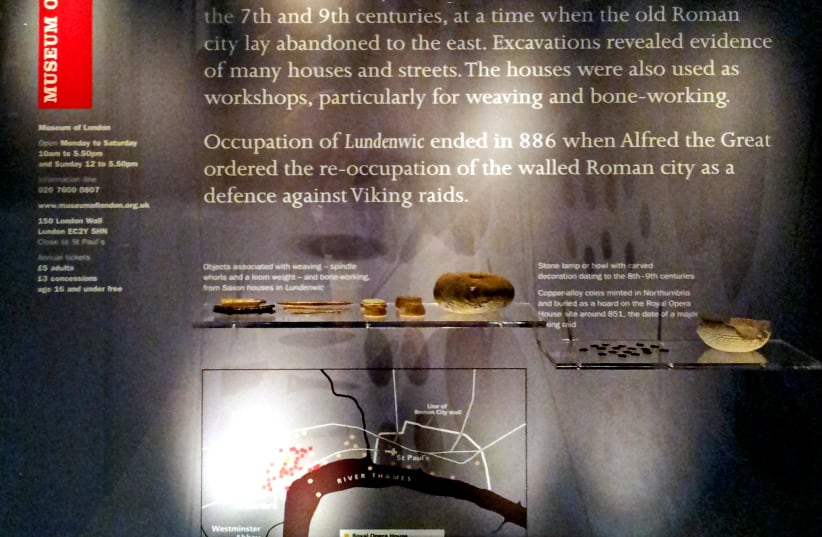Archaeologists at the Museum of London Archaeology discovered a 1,300-year-old necklace in April while conducting excavations in Northamptonshire, England, Katherine Newton reported on behalf of the museum on Wednesday.
The necklace, dating to 630-670 AD, is decorated with gold Roman coins and semi-precious gemstones, featuring a rectangular pendant made of red garnets and gold in the center.
"When the first glints of gold started to emerge from the soil we knew this was something significant. However, we didn’t quite realise how special this was going to be."
Levente-Bence Balázs, site supervisor
"When the first glints of gold started to emerge from the soil we knew this was something significant," said Levente-Bence Balázs, who supervised the excavations, according to Newton. "However, we didn’t quite realise how special this was going to be."
The researchers believe the pendant may have been half of a hinge clasp before it was used in the necklace.
Researchers note similarities with Descorough necklace
They compared it to the Descorough necklace, which was found in Northamptonshire in 1876 and is now kept at the British Museum. Newton described the Descorough necklace as "currently the finest of this kind of necklace."
Although the researchers did not find human remains besides fragments of tooth enamel, they uncovered a cross embedded with garnets by X-raying blocks of soil retreived from the excavation site.
According to Newton, "the sheer size of the cross suggests the woman buried here may have been an early Christian leader."
"The combination of the incredible necklace and other grave goods means this is one of the most spectacular female Early Medieval burials ever discovered in the UK," she added.
Newton said that the team hopes to identify the intact organic material that was found at the site and learn more about the artifacts.

